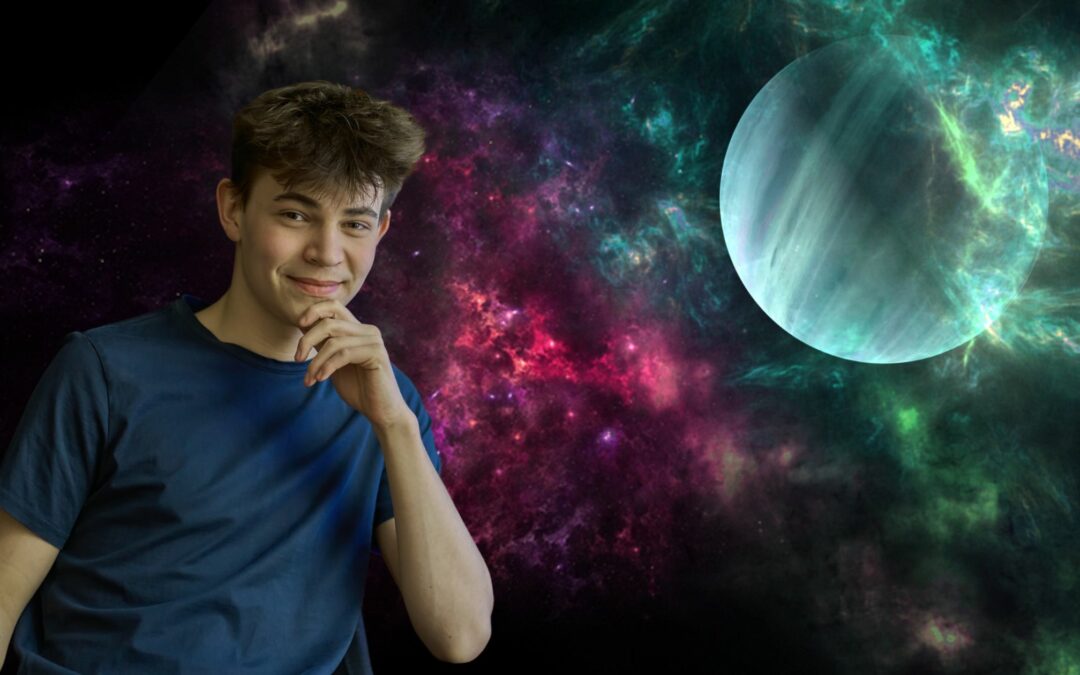Catholic Science Fiction: A Canticle for Leibowitz
 Award-Winning Catholic Science Fiction
Award-Winning Catholic Science Fiction
A few years ago, I was at dinner with a friend. I was about to move to a new town, and it was his way of sending me off. As dinner wound down and the waitress brought us our bill, he handed a small package to me as a going-away present. I unwrapped it and, to my delight, found a book (it’s always a delight to get a book!). The book was A Canticle for Leibowitz by Walter Miller Jr. My friend asked if I’d ever read it, and when I said I’d never even heard of it, he told me it was one of the most enduring works of Catholic science fiction.
I was frankly surprised by this. After all, I consider myself an educated and literate person who has read most of the classics or is at least familiar with them. I was a little incredulous that something that was allegedly one of the most significant pieces of Catholic science fiction could have escaped my radar.
I did some research on the book before cracking it open, and sure enough, Miller’s A Canticle for Leibowitz was not only considered a Catholic classic but also one of the greatest novels in the entire science fiction genre. First published in 1959 as a series of short stories in The Magazine of Fantasy and Science Fiction, Miller’s novel won the 1961 Hugo Award for best science fiction novel. It has remained continually in print and has occasioned a considerable body of commentary from scholars, both Catholic and secular.
Post-Apocalyptic Storyline
A Canticle for Leibowitz takes place in a post-apocalyptic United States after a nuclear war has reduced human civilization back to the Dark Ages. In this post-apocalyptic nightmare, the only institution to endure is the Catholic Church. With culture and political systems reduced back to a state of barbarism, the Catholic Church assumes the role of guardian and transmitter of knowledge, similar to the function it fulfilled at the time of the fall of the Roman Empire.
The story begins in the 26th century and spans a thousand years of history, terminating around the year 3781. With such a long chronology, the book’s protagonist is not an individual but a religious order, the Albertian Order of St. Leibowitz, also known as the Leibowitzians. The Order of St. Liebowitz was founded by Isaac Liebowitz, a 20th-century engineer who devoted his life to preserving the remnants of knowledge after the nuclear holocaust.
The Leibowitzian charism is to seek and preserve documents from before the nuclear war (“the Flame Deluge”). They collect things like engineering schematics, electrical manuals, and architectural renderings (all called “relics”). Though society has devolved such that the meaning of these items is no longer understood, the Leibowitzian monks preserve them as “Illuminations,” vestiges of a higher civilization whose secrets they hope to one day rediscover.
Technology As Man’s Undoing
The book is divided into three sections, Fiat Lux, Fiat Homo, and Fiat Voluntas Tua, each corresponding to a different stage of human progress. In the first section, we see 26th-century Earth as a barren wasteland roamed by hordes of raiders and savages. The Catholic Church (governed from “New Rome” = St. Louis, Missouri) and the Leibowitzians are the sole possessors of human knowledge.
The second section fast-forwards us to the 32nd century. Humanity has begun to enter a new Renaissance, and the Leibowitzians are at the forefront of scientific advancement—although the increase in scientific knowledge results in the increasing divorce of science from religion and sees the rise of “secular” science. The final section throws us ahead to the year 3781. Humanity has again become technologically advanced, possessing nuclear weapons and interstellar space travel. The earth is divided into two powers having a Cold War, obviously reminiscent of the U.S./U.S.S.R. Cold War that was ongoing when Miller wrote. The Leibowitzians have become the foremost intellectual authority in the world, running schools, colleges, and technical institutes.
With the world again on the brink of potential nuclear destruction, will humanity learn from its past mistakes, or will technology again prove to be man’s undoing?
Catholic Themes
I was impressed with how the book handled so many themes and integrated them into a cohesive narrative. It deals with religious themes like sin and resurrection, the role of the Church as a cultural “preservative,” the trajectory of human history, the human relationship to technology, and the age-old question of whether we are always bound to destroy ourselves in the end.
I am unsure why A Canticle for Leibowitz has not enjoyed greater traction in contemporary Catholic literary circles. My guess is that it is not a quick and easy read, being geared toward a clearly adult audience who is able to grasp its socio-political subtext about the Cold War. Today’s heaviest consumers of science fiction and fantasy are teens, and Catholic teens looking for Catholic sci-fi generally go with more accessible options. But reading A Canticle for Leibowitz is more like reading Frank Herberts Dune—it’s not for the timid, requiring concentration, commitment, and reflection.
For those willing to persevere, it’s a fantastic book. So, if you have an older teen who wants some Catholic sci-fi that goes beyond The Space Trilogy, get them a copy of A Canticle for Leibowitz.
Bonus
Another resource for your sci-fi-loving teen: Homeschool Connections offers a recorded, self-paced course, Science of Star Wars, taught by Inshal Chenet. This is a fun 8-week course that gets teens excited about science.
(This article contains Amazon affiliate links)






